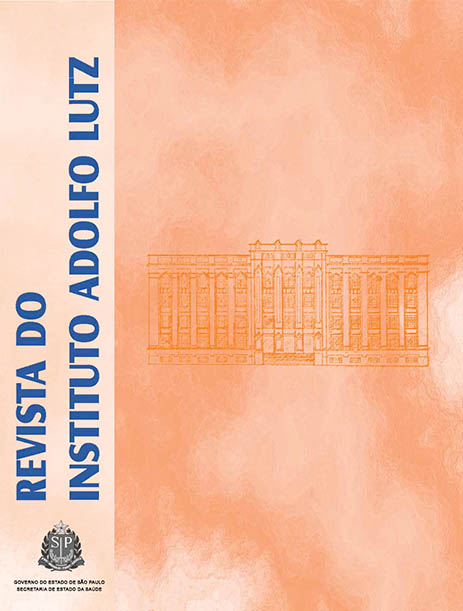Abstract
This study aimed at analyzing the mineral contents of paçoquinha formulations employing regional raw materials from northeastern Brazil: cashew nut flour, cassava flour, corn meal, molasses and honey. And these mineral contents were compared with marketed peanut paçoquinha. Two paçoquinha formulations were prepared, one adding bovine liver (BL) at different concentrations and other was bovine liver-free (BLF). The minerals contents were analyzed by optical emission spectrometry with inductively coupled plasma. The mean values (mg/100g) detected in product containing 5%, 7.5%, 10% BL were respectively: Mg (112,5; 112.0; 111.0); Mn (1.10; 1.13; 1.06); P (299; 315; 321) Fe (4.0; 4.75; 4.59); Na (378; 369; 361); Zn (3.24; 3.4; 3.4); Se (0.1; 0.1; 0.1); and for BLF: Mg (111.0); Mn (1.10); P (278.0); Fe (4.1); Na (346.0); Zn (2.85). Paçoquinha with 5% BL showed higher contents of Na , P ), Zn and Se than formulation BLF. Also highest contents of Mg, P, Fe, Na, K, Cu, Zn were found in paçoquinhas 5% BL and BLF when compared with peanut paçocas stated in of Chemical Composition of National Food Tables. Paçoquinhas produced with regional raw materials show potential for large scale production owing to higher minerals contents than peanut paçocas.
References
1. Revista do Conselho Federal de Nutricionistas; CFN (Brasília – DF). Uso de Alimentos regionais na alimentação; Brasília (Brasil). Brasília: CFN; set./dez. 2009. nº 29.2. Wang SH, Cabral LC, Borges GG. Pesq Agropec Bras. 1999; 34(7):1305-11.
2. AOAC. (Washington). Official Methods of Analysis of AOAC International. 17ª ed. Washington; 2002.
3. Slavin S, Petersen GE, Lindhal PC. Atomic absorption. Newslett. 1975;14: 57.
4. Horwitz W, Latimer JR G. (Eds.) Official Methods of Analysis of AOAC International. 18ª ed. Gaithersburg, Maryland;2005. Cap. 50, methods 985.35 e 984.27; Current Through Revision 1; 2006.
5. BRASIL. Ministério da Saúde. Portaria nº 33, de janeiro de 1998. Ingestão Diária Recomendada (IDR) para Proteínas, Vitaminas e Minerais. Secretaria de Vigilância Sanitária. Diário Oficial [da] República Federativa do Brasil. Brasília, DF, 13 jan.1998.
6. Padovani RM, Amaya-Farfan J, Colugnati FAB, Domene SMA. Dietary reference intakes: aplicabilidade das tabelas em estudos nutricionais. Rev Nutr. 2006;19(6):741-60.
7. Núcleo De Estudos e Pesquisas em Alimentação da Universidade Estadual de Campinas (NEPA/Unicamp). Tabela Brasileira de Composição de Alimentos (TACO).1ª ed. Campinas (SP);2004.
8. Philippi, ST. Tabela de Composição de Alimentos: Suporte para decisão nutricional. 2ª ed. São Paulo (SP): Coronário;2002.
9. Nunes SF, Canedo MS, Fernandes TH, Damiani C, Silva FA, Vera R et al. Perfil de Minerais da Paçoca de Amêndoa de Baru com Rapadura (Baruçoca). VIII Simpósio Latino Americano de Ciências dos Alimentos - SLACA; novembro de 2009; Campinas: CD-ROM.

This work is licensed under a Creative Commons Attribution 4.0 International License.
Copyright (c) 2011 Instituto Adolfo Lutz Journal
